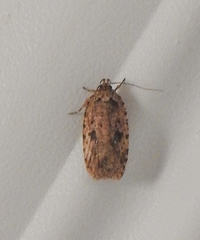
| Recorded by: Emily Stanley on 2025-02-25
Buncombe Co.
Comment: | 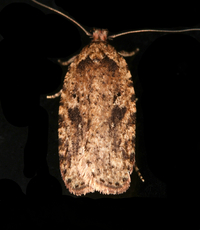
| Recorded by: Jim Petranka on 2024-02-26
Madison Co.
Comment: |
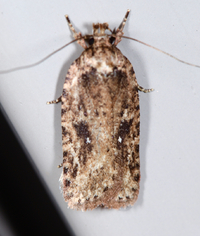
| Recorded by: Jim Petranka on 2023-03-23
Madison Co.
Comment: | 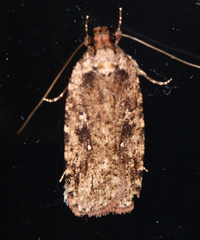
| Recorded by: Jim Petranka on 2023-03-06
Madison Co.
Comment: |
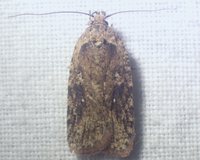
| Recorded by: tom ward on 2023-03-01
Buncombe Co.
Comment: | 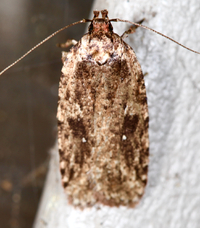
| Recorded by: Jim Petranka and Becky Elkin on 2023-02-28
Madison Co.
Comment: |
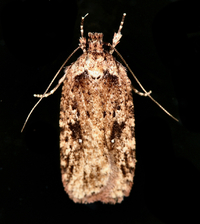
| Recorded by: Jim Petranka on 2023-02-22
Madison Co.
Comment: | 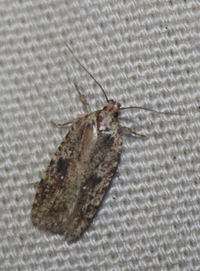
| Recorded by: Vin Stanton on 2022-03-15
Buncombe Co.
Comment: |
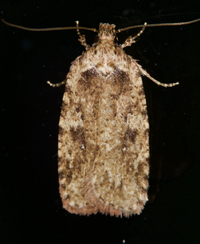
| Recorded by: Jim Petranka on 2022-03-04
Madison Co.
Comment: | 
| Recorded by: Jim Petranka on 2022-03-03
Madison Co.
Comment: |
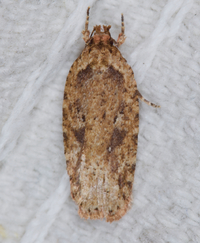
| Recorded by: Jim Petranka on 2021-10-14
Madison Co.
Comment: | 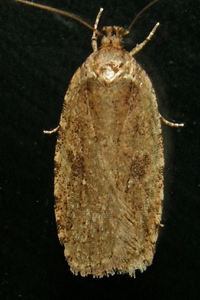
| Recorded by: Owen McConnell on 2021-05-19
Graham Co.
Comment: |
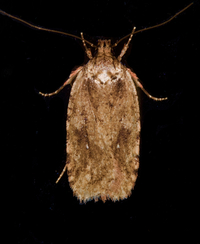
| Recorded by: Jim Petranka on 2021-05-16
Madison Co.
Comment: | 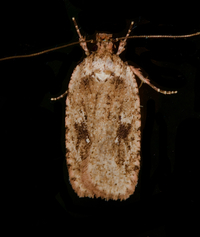
| Recorded by: Jim Petranka on 2021-04-09
Madison Co.
Comment: |
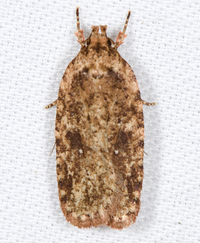
| Recorded by: Jim Petranka on 2021-03-23
Madison Co.
Comment: | 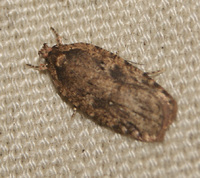
| Recorded by: Vin Stanton on 2021-03-11
Buncombe Co.
Comment: |

| Recorded by: Jim Petranka on 2021-03-11
Madison Co.
Comment: | 
| Recorded by: Jim Petranka on 2021-03-09
Madison Co.
Comment: |
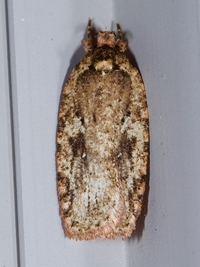
| Recorded by: Jim Petranka and Becky Elkin on 2020-03-27
Madison Co.
Comment: | 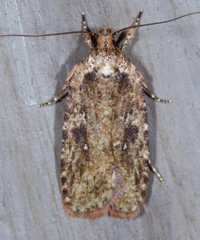
| Recorded by: Jim Petranka and Becky Elkin on 2020-03-18
Madison Co.
Comment: |
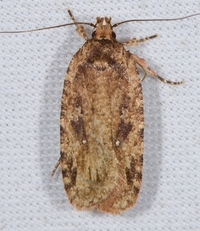
| Recorded by: Jim Petranka and Becky Elkin on 2020-03-09
Madison Co.
Comment: | 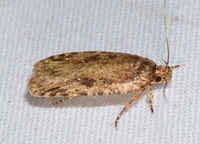
| Recorded by: Jim Petranka and Becky Elkin on 2020-03-09
Madison Co.
Comment: |

| Recorded by: on 2019-12-16
Madison Co.
Comment: | 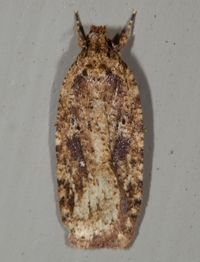
| Recorded by: Jim Petranka and Becky Elkin on 2019-10-29
Madison Co.
Comment: |
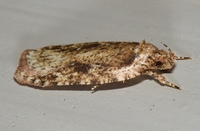
| Recorded by: Jim Petranka and Becky Elkin on 2019-10-29
Madison Co.
Comment: | 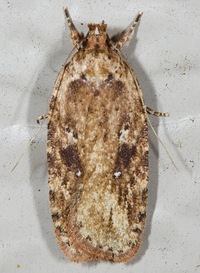
| Recorded by: Jim Petranka and Becky Elkin on 2019-10-07
Madison Co.
Comment: |
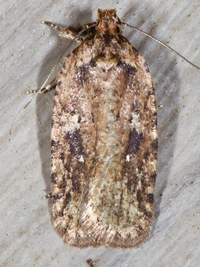
| Recorded by: Jim Petranka and Becky Elkin on 2019-09-08
Madison Co.
Comment: | 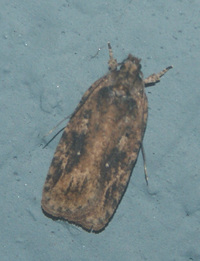
| Recorded by: Vin Stanton on 2019-07-15
Buncombe Co.
Comment: |

| Recorded by: Jim Petranka and Becky Elkin on 2019-03-29
Madison Co.
Comment: | 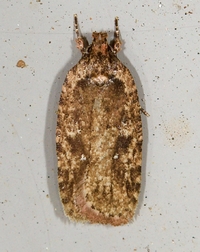
| Recorded by: Jim Petranka and Becky Elkin on 2019-03-14
Madison Co.
Comment: |
|

 »
»

























